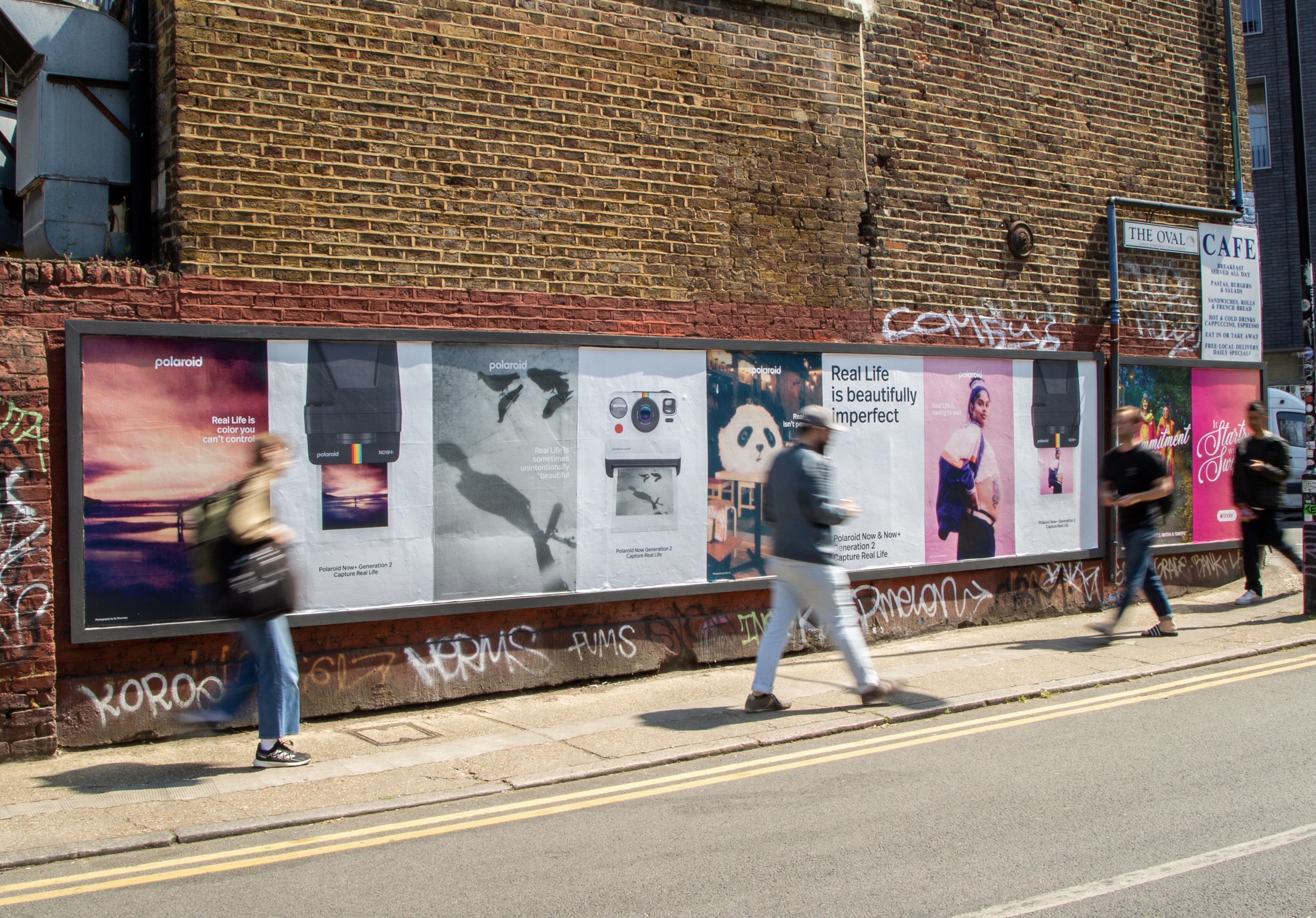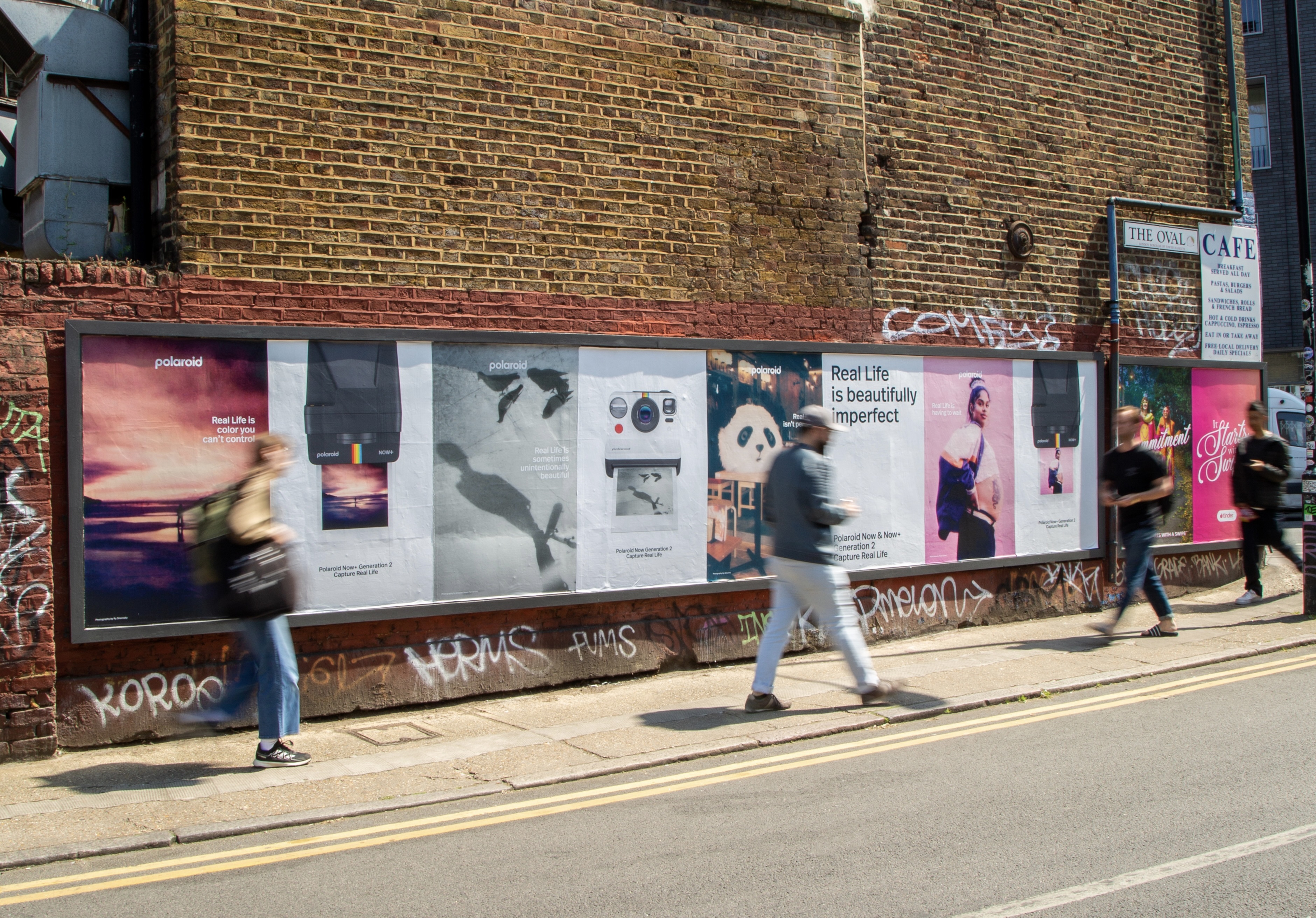
Many markets have a variety of inventory. How can you justify choosing one Out-of-Home (OOH) unit over another? If you choose a Billboard based on the average number of impressions it garners over four weeks, you may get many views of your advertisement. But you might not be hitting your target audience.
Outdoor campaign planning involves many factors. A Billboard's cost, average impressions, and frequency are essential. But so is knowing whether the campaign reaches enough of the correct demographic.
Impressions and indexing are the primary methodologies used to justify OOH audience targeting. In this article, you’ll learn what impressions and indexing are. You'll learn how to use them to plan OOH advertising. This knowledge can help you pick the best inventory for your campaign goals and budget.

Audited impressions and index numbers in the United States come from Geopath, a system established by the OOH industry.
Each market has its own percent composition of a specific target audience. Both indexes and impressions consider these compositions. However, both measurements are calculated differently. They are unique by campaign, market, and unit.
The index looks at the audience composition of individual units compared to the audience composition in the rest of the market. Impressions consider the actual uniqueness of the unit (size, viewability, etc.) and the specific area to determine how many times your target audience saw the ad.
This is why indexing does not have a direct apples-to-apples correlation to impressions. Indexing provides additional insights used to right-size the marketplace. This helps you make relative comparisons and specify your target audience.
Index compares the target audience's composition in a given location to the target audience's composition in the market’s general population. Indexing uses population and impressions to understand audience composition in a specific market. While not always used for OOH planning, it can help determine which units have higher or lower composition compared to the average. This helps you ensure that you are reaching your target audience.
Composition provides a measure of audience concentration. It is the percentage of a location’s impressions against a defined audience. The more narrowly defined the audience, the more helpful composition can be.
Population is the total number of individuals within a given geographical area. In contrast, the target audience is the number of individuals within the total population that fit your target audience's demographic or psychographic criteria.
Index is calculated using population. The base number is 100, but this number can go up or down depending on how likely your target population is to see your campaign on a unit.
A number less than 100 means the audience is under-represented and less likely to see the ad. A number higher than 100 indicates that the target is better represented and is more likely to see your ad. For example, an index of 160 for a population would mean that those audiences are 60% more likely to see your ad.
Composition provides an additional audience metric to evaluate location suitability. Indexing enhances your targeting by putting that number into perspective.

Composition expresses the percentage of a unit’s impressions that are made up of a particular audience. Think of it as a pie chart with slices representing mutually exclusive audiences. It can be based on any demographic profile available in the Geopath database.
Here is how composition is used for impressions and indexing:
% Composition = Impressions
To calculate the percent composition of a piece of inventory, simply divide the target audience impressions by the total audience impressions.
Target Audience Impressions/Total Audience Impressions = % Composition
E.G. 100 (Target Audience Impressions) /1000 (Total Audience Impressions) = 10% Composition
Composition Index = Population
To calculate a composition index, take the % composition and divide it by the percentage of the target population.
For example, if you're a cosmetics brand that primarily targets female audiences ages 18-35, each market will differ in its percentage of female audiences in that age group compared to the overall population. Here are some scenarios that could play out:
You could have a very high percent composition in a place, but the index still may be around 130 - 150 because the rest of the market also has a high concentration of females aged 18-35.
Another example would be a market where a board also has a high percentage audience composition (72%), and the index is around 283, given that 72% audience composition is 2.83x the market average of 25%.
At Billups, we specialize in OOH strategic planning. Our technology, tools, and deep market knowledge allow us to find the best units for your campaign’s goals quickly. Contact us to learn how we can help you find maximum exposure units that hit your target audience while staying within your budget.
Don't worry—we won't share your information.